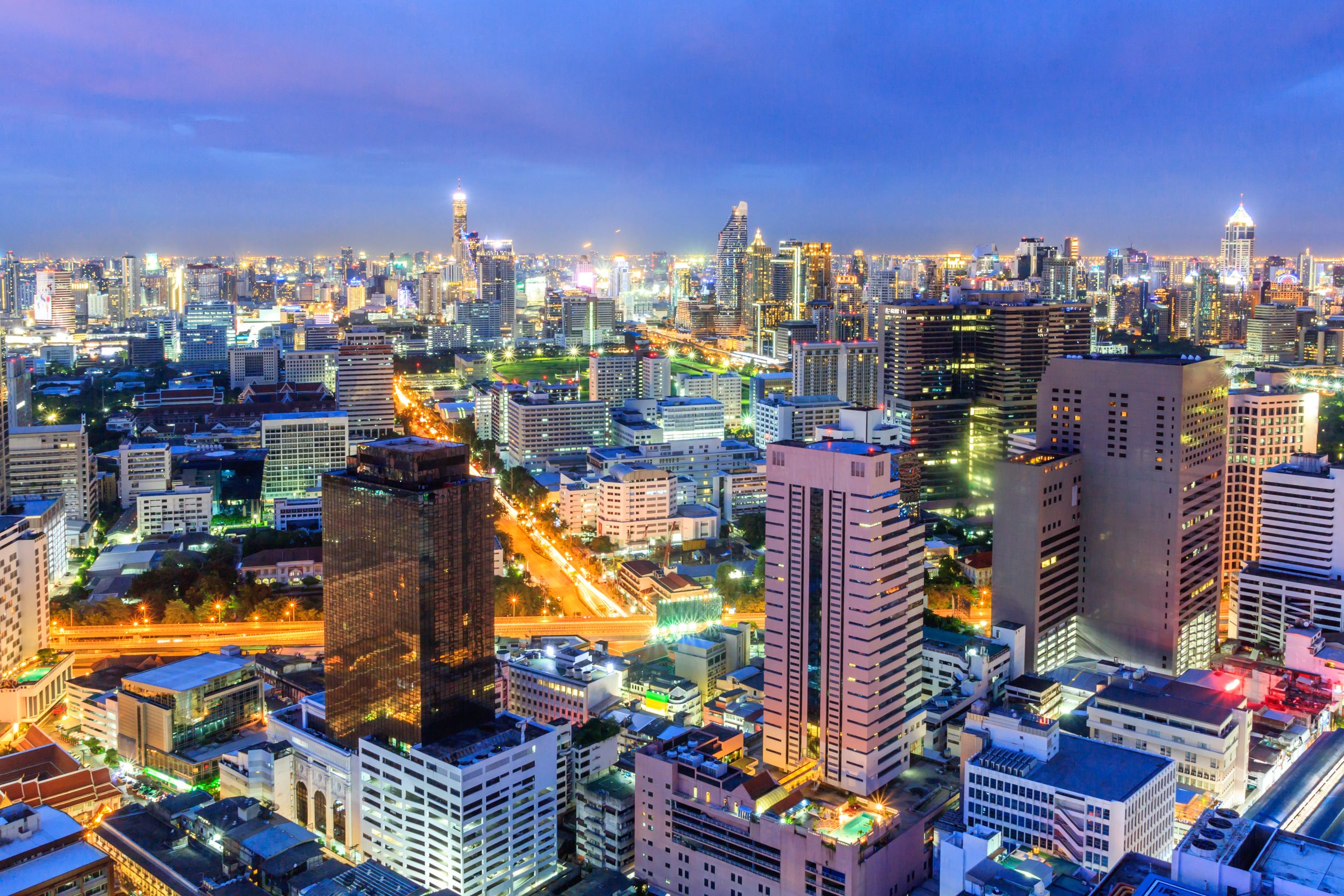Urbanization and the Digital Divide

In the rapid urbanization and digital advancement age, our cities are undergoing a remarkable transformation. The rise of smart cities is at the forefront of this change, promising improved quality of life, sustainability, and economic growth. However, as we march toward this digital utopia, a pressing issue stands in our path—the digital divide.
This article delves into the complexities of urbanization, the concept of smart cities, and the crucial task of bridging the gap in the digital landscape.
Understanding Smart Cities
The smart city idea has gained prominence as urban areas continue to grow and evolve.
Smart cities leverage cutting-edge technologies like the Internet of Things (IoT) and data analytics to enhance the efficiency and quality of urban services. These cities are designed to optimize resource allocation, reduce environmental impact, and improve the overall well-being of their residents.
Challenges in Smart City Development
While the promise of smart cities is enticing, their development comes with its set of challenges. Infrastructure, connectivity, and data management are critical components that must be meticulously planned and executed. The sheer complexity of integrating various systems and ensuring their seamless operation can be a daunting task.
The Impact of the Digital Divide
The digital divide refers to the gap between those with access to digital technologies and those without access. In the context of smart cities, this divide takes on added significance. Access to the internet and digital resources is not just a matter of convenience; it’s necessary for participation in modern society. The digital divide can exacerbate existing social and economic inequalities, hindering the progress of urbanization.
Benefits of Smart Cities
Despite these challenges, smart cities offer a multitude of benefits. They enhance sustainability by optimizing resource use, reducing energy consumption, and minimizing environmental impact.
Implementing IoT technology can lead to more efficient transportation systems, improved healthcare services, and enhanced public safety. Economic growth is also a hallmark of smart cities, attracting businesses and creating job opportunities.
Sustainable Urban Development
Smart cities prioritize sustainability in every aspect of urban life. These cities aim to reduce their environmental footprint from renewable energy sources to waste management.
Sustainable urban development benefits the environment and enhances residents’ overall quality of life.
Infrastructure and Connectivity
The foundation of any smart city is its infrastructure and connectivity. Robust and reliable infrastructure ensures that essential services like water supply, sanitation, and electricity are readily available. High-speed internet connectivity is equally crucial, enabling the seamless exchange of data and information across the city.
IoT Technology in Smart Cities
The Internet of Things (IoT) is the backbone of smart city technology. IoT devices, such as sensors and smart meters, collect data on various aspects of city life, from traffic flow to air quality. This data is then analyzed to make informed decisions and optimize city operations.
Data Management in Smart Cities
The vast amounts of data smart cities generate require sophisticated data management systems. Data analytics and artificial intelligence are employed to extract valuable insights from this data. Effective data management enables better urban planning and resource allocation.
Digital Inclusion Efforts
To bridge the digital divide, smart cities must prioritize digital inclusion efforts. This involves making digital resources accessible to all residents, regardless of socioeconomic status.
Initiatives like public Wi-Fi, digital literacy programs, and affordable technology access can help ensure equal access to the benefits of smart cities.
Education and Digital Literacy
Education plays a pivotal role in narrowing the digital divide. Smart cities fully empower citizens to participate in the digital age by providing quality education and digital literacy programs.
Education equips individuals with the skills and knowledge needed to thrive in an increasingly digital world.
Healthcare in Smart Cities
Smart cities are revolutionizing healthcare delivery. Telemedicine and remote monitoring enable residents to access healthcare services conveniently. IoT devices can transmit vital health data to healthcare providers in real-time, improving diagnosis and treatment.
Transportation in Smart Cities
Smart mobility solutions are transforming urban transportation. From autonomous vehicles to efficient public transit systems, smart cities prioritize mobility to reduce traffic congestion and enhance the commuting experience for residents.
Economic Growth in Smart Cities
Economic prosperity is a natural outcome of smart city development. Businesses are drawn to these cities due to their technological infrastructure, leading to job creation and increased economic opportunities for residents.
Cultural and Social Aspects
Smart cities also value cultural heritage and social cohesion. Preserving cultural landmarks and promoting community engagement are essential aspects of urbanization in a digital age.
Public Safety in Smart Cities
Enhanced public safety is a key feature of smart cities. Advanced surveillance systems, emergency response coordination, and predictive policing help ensure the safety and security of residents.
International Initiatives
The global community recognizes the importance of smart cities in addressing urbanization challenges. Initiatives like the United Nations’ Sustainable Development Goals and the World Smart Sustainable Cities Organization (WeGO) aim to promote sustainable and smart urban development worldwide.
Future Prospects
The future of smart cities is promising.
As technology advances, we can expect even greater innovation in urbanization. The possibilities are endless, from AI-driven city management to expanding renewable energy sources.
FAQs
- What is the Digital Divide in Urban Areas?
The digital divide refers to the gap in access to digital technologies and resources between different population segments within urban areas. - How do Smart Cities Address Environmental Issues?
Smart cities prioritize sustainability through energy-efficient infrastructure, renewable energy sources, and eco-friendly transportation solutions. - What Are the Key Technologies in Smart Cities?
Key technologies include IoT sensors, data analytics, artificial intelligence, and high-speed connectivity. - Can Digital Inclusion Reduce Social Disparities?
Digital inclusion efforts can help reduce social disparities by providing equal access to digital resources and opportunities. - What Are the Economic Benefits of Smart Cities?
Smart cities attract businesses, create jobs, and stimulate economic growth through innovation and improved infrastructure. - How Do Smart Cities Ensure Public Safety?
Smart cities employ advanced surveillance, emergency response systems, and predictive policing to enhance public safety.
As we navigate the complex landscape of urbanization and the digital divide, it becomes evident that smart cities are not just a technological trend but a necessity for our ever-expanding urban populations.
The road ahead may be challenging, but the promise of sustainable, connected, and prosperous cities is within our grasp.
By embracing digital inclusion, sustainable practices, and innovative technologies, we can bridge the gap and pave the way for a brighter future in smart cities.


